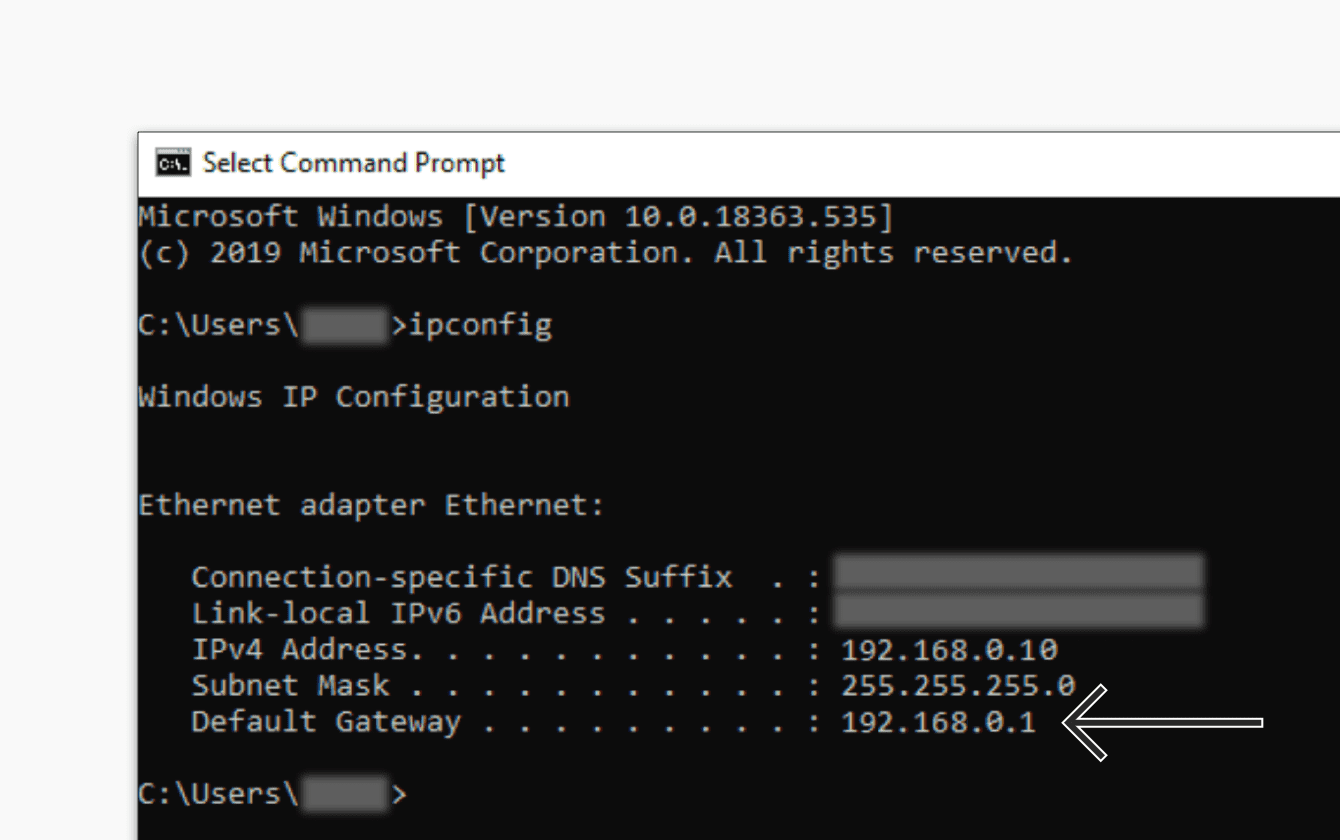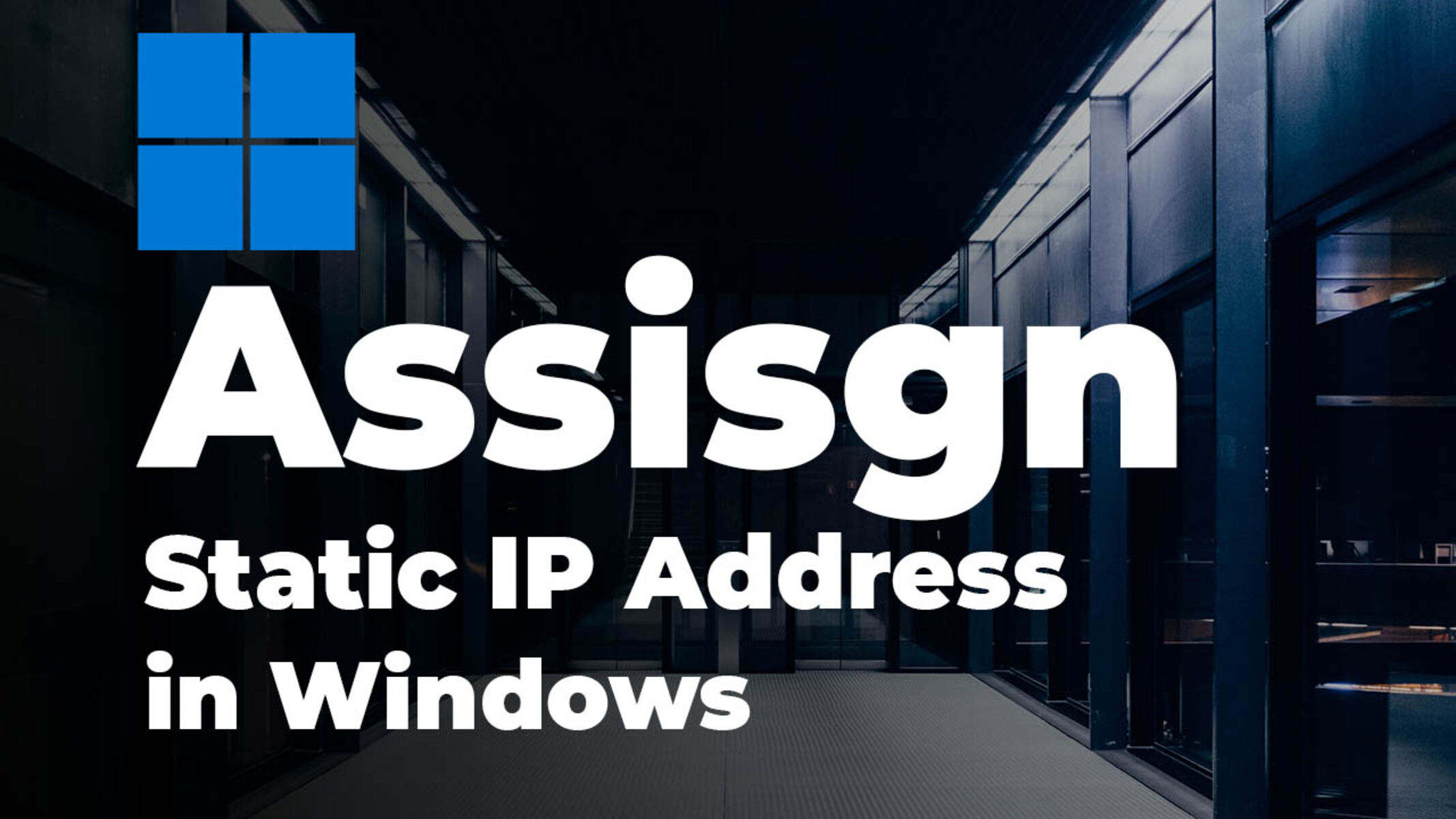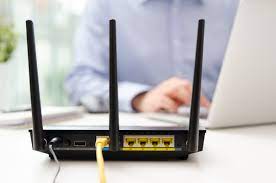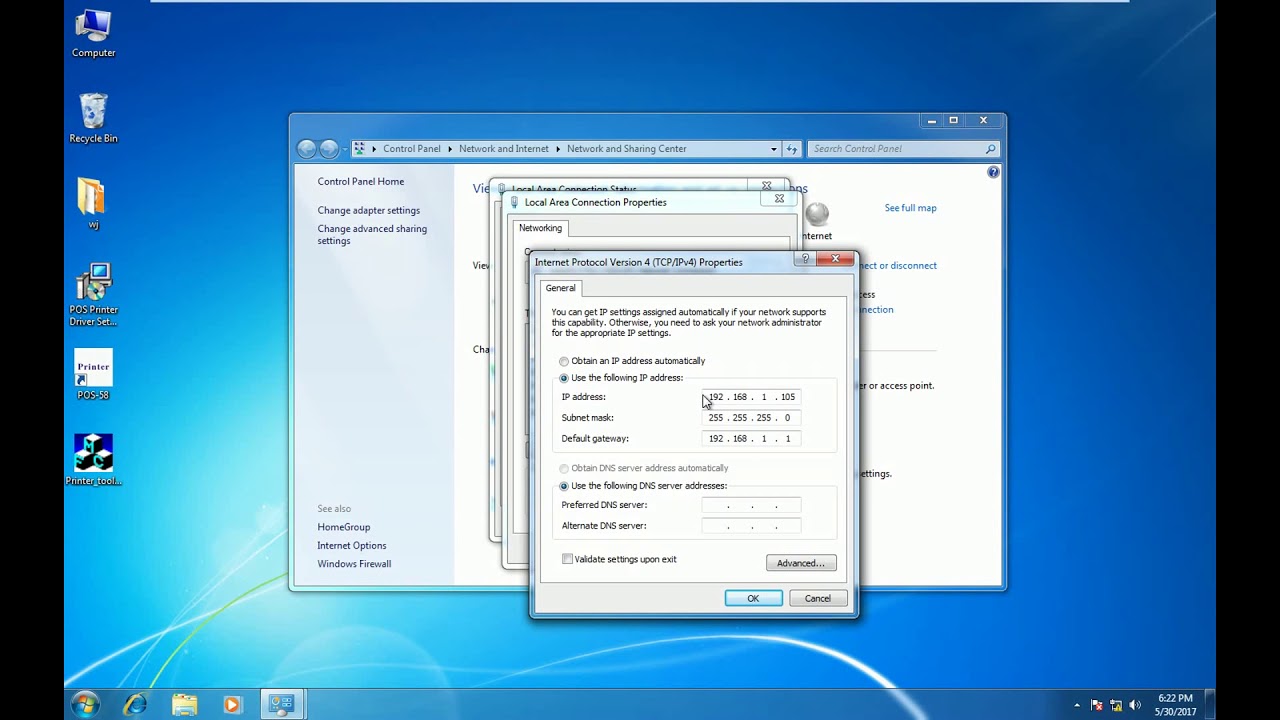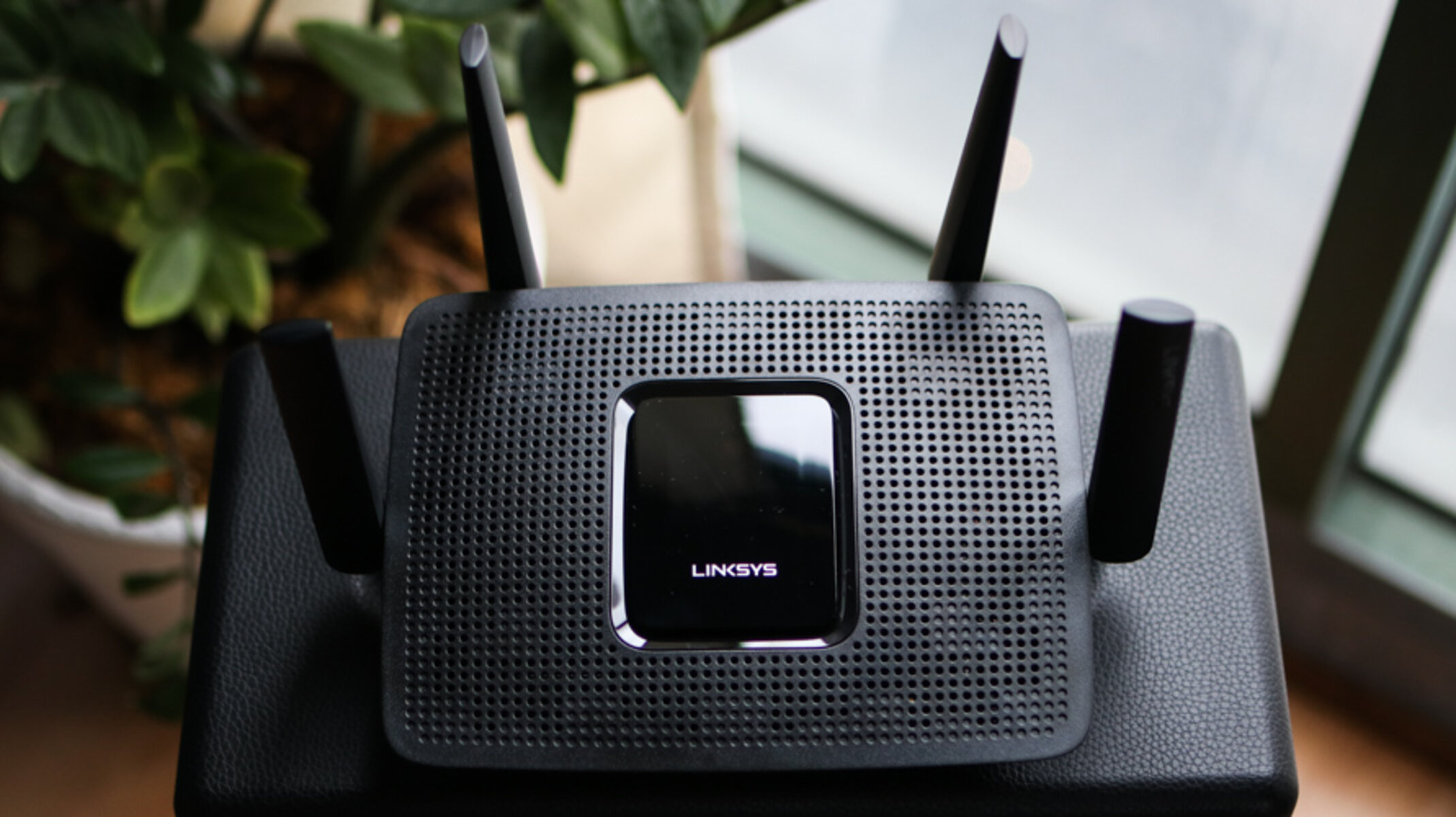Introduction
Welcome to the world of networking! In this digital era, where connectivity is at the heart of our daily lives, understanding the basics of networking is crucial. One fundamental component of this is the IP address, a unique identifier assigned to every device connected to a network.
While you may be familiar with IP addresses, you may not be aware of the importance of the gateway IP address. In this article, we will dive into what a gateway IP address is, how it works, and why it is essential in the world of networking.
So, what exactly is an IP address? An IP address, or Internet Protocol address, is a numerical label assigned to each device connected to a network. It acts as the device’s identity on the network, allowing it to send and receive data. IP addresses come in two versions: IPv4 and IPv6. IPv4 uses a 32-bit address format, while IPv6 uses a 128-bit format to accommodate the growing number of devices connected to the internet.
Now that we have an understanding of IP addresses, let’s explore the concept of a gateway IP address. A gateway IP address, also known as a default gateway, is an IP address that serves as an access point or “gateway” to other networks. It acts as a bridge between different networks, allowing devices on one network to communicate with devices on another network.
Think of the gateway IP address as the door that connects your home network to the internet. It is the entry point that enables data to flow in and out of your network. Without a gateway IP address, your devices would be isolated from the rest of the internet, rendering them unable to access online resources or communicate with other devices outside your network.
What Is An IP Address?
An IP address, or Internet Protocol address, is a unique numerical label assigned to each device connected to a network. It serves as the identifier for devices to send and receive data over the internet. Just like your home address helps identify your location, an IP address helps identify the location of a device on a network.
IP addresses are like the digital fingerprints of devices. They enable devices to communicate with each other and transfer data across networks. Without an IP address, devices would not be able to connect or communicate with other devices on the internet.
There are two versions of IP addresses commonly used: IPv4 and IPv6. IPv4, the older and more widely used version, consists of a 32-bit address format, typically represented as four sets of numbers separated by dots (e.g., 192.168.0.1). However, due to the limited number of available IPv4 addresses, the newer IPv6 was introduced, featuring a 128-bit address format (e.g., 2001:0db8:85a3:0000:0000:8a2e:0370:7334).
Each IP address consists of two main components: the network address and the host address. The network address identifies the network to which the device belongs, while the host address identifies the specific device within that network.
IP addresses can be static or dynamic. A static IP address remains constant, allowing for consistent identification of a device. On the other hand, dynamic IP addresses are assigned by the network automatically and may change over time. Dynamic IP addresses are commonly used for devices that frequently connect and disconnect from a network, such as mobile devices or laptops.
Overall, IP addresses play a crucial role in facilitating communication and data exchange between devices on a network. They provide a unique identification system that enables seamless connectivity and the ability to access online resources.
What Is a Gateway IP Address?
A gateway IP address, also known as a default gateway, is a crucial component in the networking world. It serves as the access point or “gateway” between different networks, allowing devices within a network to communicate with devices on other networks.
To understand the concept further, let’s consider an analogy. Imagine your home network as a private neighborhood with multiple houses. Each house has its own unique IP address, just like each device in your network has its own IP address. Now, your home network wants to communicate with another neighborhood, which represents a different network. In this scenario, the gateway IP address acts as the main entrance or gate between the two neighborhoods.
The gateway IP address is typically assigned to the router within a network. Routers are networking devices that connect multiple devices and networks together. They have the capability to send data between different networks, thanks to their knowledge of various IP addresses and their corresponding routes.
When a device within a network wants to send data to a device on another network, it first sends the data to the default gateway or gateway IP address. The router then examines the destination IP address and determines the best path for the data to reach its destination. It acts as a traffic controller, directing the data through the appropriate routes to ensure it reaches the intended device on the other network.
Essentially, the gateway IP address acts as the door connecting your network to the outside world. It allows devices within your network to communicate with devices on the internet or other external networks. Without a gateway IP address, your devices would be isolated within their network, unable to access resources beyond their boundaries.
It’s important to note that a gateway IP address can be the IP address of the router or a specific device configured to perform gateway functions. This can vary depending on the network setup and configuration.
In summary, a gateway IP address is an integral part of networking. It serves as the bridge between different networks, enabling devices within a network to communicate with devices on other networks, and providing access to resources beyond the local network.
How Does a Gateway IP Address Work?
Understanding how a gateway IP address works is essential in comprehending the underlying mechanisms of networking. When a device within a network wants to access the internet or communicate with devices on other networks, it relies on the gateway IP address to facilitate the data transfer.
Here’s a simplified breakdown of how a gateway IP address works:
- Device sends data: When a device within a network wants to send data outside of its network, it first packages the data and addresses it to the destination device’s IP address.
- Routing decision: The device then checks its own routing table to determine the next hop for the data. The routing table contains information about the available routes and the corresponding gateway IP addresses.
- Packet forwarding: If the destination IP address is outside the local network, the device refers to the routing table and selects the appropriate gateway IP address. It sends the data to the gateway IP address, encapsulating it within a packet.
- Gateway performs routing: The gateway IP address, typically the router, receives the packet and examines the destination IP address. Based on its routing table, the router determines the best path for the data to reach the intended destination.
- Data transmission: The router forwards the packet along the determined path, through a series of routers and networks, until it reaches the destination network.
- Delivery to destination: Once the packet arrives at the destination network, the router within that network examines the destination IP address and sends the data to the respective device.
This process occurs within a matter of milliseconds, allowing for seamless communication between devices on different networks. The gateway IP address plays a pivotal role in ensuring that data can flow smoothly between networks, enabling devices to access resources and communicate with devices beyond their own network boundaries.
It’s important to note that for home networks, the default gateway IP address is often assigned automatically by the internet service provider. In some cases, users may be able to configure their own gateway IP address settings, depending on their network setup and requirements.
In summary, a gateway IP address acts as a doorway or access point for data to travel between different networks. It facilitates the routing and forwarding of data packets, allowing devices within a network to connect with devices on other networks and access the resources available beyond their local network.
Why Is a Gateway IP Address Important?
A gateway IP address plays a vital role in networking and is essential for seamless communication between devices and networks. Here are several reasons why a gateway IP address is important:
Network Connectivity: The gateway IP address enables devices within a network to connect with devices on other networks, including the internet. It serves as the entry point that allows data to flow in and out of the network, ensuring that devices can communicate with the outside world.
Internet Access: Without a gateway IP address, devices within a network would be isolated, unable to access the internet or online resources. The gateway IP address acts as a bridge, connecting devices to the internet and enabling the transmission of data between the local network and the vast online realm.
Data Routing: A gateway IP address facilitates the routing of data packets between different networks. It determines the most efficient path for data to reach its destination, ensuring that information is transmitted accurately and quickly. The gateway IP address acts as an intermediary, directing data to the appropriate network for devices to receive and process.
Security: The gateway IP address enhances network security by acting as a barrier between the local network and external networks. It helps filter and monitor incoming and outgoing data traffic, protecting the network from unauthorized access and potential security threats. Through mechanisms like network address translation (NAT) and firewall configurations, the gateway IP address contributes to maintaining a secure network environment.
Network Management: The gateway IP address plays a crucial role in managing and administering a network. It provides a central point of control for network configuration, allowing administrators to set up and manage network settings, such as assigning IP addresses, controlling access, and implementing network policies. The gateway IP address serves as an interface for network administrators to monitor and manage network traffic, troubleshoot connectivity issues, and optimize network performance.
Scalability: In larger network infrastructures, the use of multiple gateway IP addresses allows for the expansion and scalability of the network. By dividing the network into subnets with their respective gateway IP addresses, organizations can efficiently manage and control network traffic flow, ensuring optimal performance as the network grows.
In summary, a gateway IP address is crucial for network connectivity, internet access, data routing, security, network management, and scalability. It serves as the gateway between different networks, facilitating seamless communication and enabling devices to access resources beyond their local network. Without a gateway IP address, the network’s functionality and connectivity to the wider internet would be severely limited.
How to Find Your Gateway IP Address
Knowing your gateway IP address is essential for troubleshooting network issues, configuring network settings, or managing your network. Finding your gateway IP address can be done through a few simple steps:
- Windows:
- Open the Command Prompt: Press the Windows key + R, type “cmd” in the Run window, and hit Enter.
- In the Command Prompt window, type “ipconfig” and press Enter.
- Look for the “Default Gateway” value in the displayed network information. This is your gateway IP address.
- macOS:
- Click on the Apple menu on the top left corner of the screen and select “System Preferences”.
- Click on the “Network” icon.
- Select your active network connection, such as Wi-Fi or Ethernet.
- Click on the “Advanced” button.
- Go to the “TCP/IP” tab, and you will find your gateway IP address listed as “Router.
- Linux:
- Open a terminal window.
- Type “ip route | grep default” and press Enter.
- The gateway IP address will be displayed in the output after “via”.
Alternatively, you can also find the gateway IP address by checking the network settings of your router. Most routers have an administration page accessed through a web browser. To find your gateway IP address using this method:
- Connect your computer or device to the same network as the router.
- Open a web browser.
- Enter the default IP address of the router in the browser’s address bar. Common default addresses are 192.168.0.1 or 192.168.1.1.
- Enter the router’s username and password if prompted (refer to your router’s documentation).
- Navigate to the network or LAN settings page, where you will find the gateway IP address listed.
These methods should help you find your gateway IP address on various operating systems and routers. Having the gateway IP address at hand allows you to configure network settings, troubleshoot connectivity issues, or set up advanced networking features.
How to Change Your Gateway IP Address
Changing the gateway IP address involves adjusting the network settings on your router. It’s important to note that modifying the gateway IP address should be done with caution, as an incorrect configuration can disrupt your network connectivity. Here’s a general guide on how to change your gateway IP address:
- Access Your Router’s Administration Page:
- Open a web browser on a device connected to the same network as the router.
- Enter your router’s IP address into the browser’s address bar. The default IP address is usually 192.168.0.1 or 192.168.1.1 (refer to your router’s documentation if unsure).
- Enter the router’s username and password when prompted. If you haven’t changed these, consult the router documentation or try common default credentials.
- Navigate to the Network Settings:
- Once you’re logged in to the router’s administration page, look for the network settings or LAN settings.
- Find the current gateway IP address listed in the network settings section.
- Change the Gateway IP Address:
- Within the network settings, locate the option to change the gateway IP address.
- Enter the new IP address that you want to assign as the gateway address. Ensure that the new IP address is within the same subnet as the previous address.
- Save the changes and wait for the router to restart.
- Update Computer Network Settings:
- After changing the gateway IP address, you need to update the network settings on your devices.
- On Windows, go to Network and Sharing Center, click on “Change adapter settings,” right-click on the network connection, select “Properties,” and manually enter the new gateway IP address.
- On macOS, go to “System Preferences,” click on “Network,” select your active network connection, click on “Advanced,” and update the gateway IP address in the TCP/IP tab.
- On Linux, modify the network configuration file or use network management tools to change the gateway IP address.
Remember to save the new settings and restart your devices to ensure the changes take effect. It’s important to understand that changing the gateway IP address may require reconfiguring other network settings, such as subnet masks or DHCP settings, to maintain proper connectivity and avoid potential conflicts.
If you’re unsure about making changes to the gateway IP address on your router, it’s recommended to consult the router’s documentation or seek assistance from the manufacturer’s support.
Common Issues with Gateway IP Addresses
While gateway IP addresses are crucial for network connectivity, they can sometimes encounter issues that can disrupt the functioning of your network. Understanding these common issues can help you troubleshoot and resolve them efficiently. Here are a few common issues associated with gateway IP addresses:
Configuration Errors: Incorrectly configuring the gateway IP address on your router or devices can lead to connectivity problems. Double-check that the gateway IP address is entered accurately and matches the network configuration settings. Mistakenly configuring the wrong IP address can result in network connectivity issues and communication errors.
IP Address Conflict: An IP address conflict occurs when two devices on the same network have the same IP address, including the gateway IP address. This conflict can cause network instability and disrupt normal communication. Ensure that each device on the network has a unique IP address, and check for any conflicts that may arise.
Network Connection Issues: Failures in the physical network connection between devices and the router can prevent proper communication. Check the network cables, Wi-Fi connections, and other connectivity components to ensure they are properly connected and functioning. Faulty or loose connections can lead to intermittent or complete loss of connectivity to the gateway IP address.
Router Configuration Problems: Incorrect router configuration settings, such as incorrect subnet masks or DNS settings, can result in issues with the gateway IP address. Ensure that the router’s configuration settings align with the network requirements, including proper gateway IP address assignment and proper routing protocols configuration.
Firewall and Security Restrictions: Security configurations, such as firewall settings or network access control lists, can block or restrict communication to and from the gateway IP address. Ensure that the necessary firewall rules or security settings are properly configured to allow traffic to pass through to the gateway IP address and enable communication between devices on the network.
Network Hardware Failure: A malfunctioning router or other network hardware can lead to gateway IP address issues. Check the router’s hardware components, such as power supply, cables, and network interface cards, to ensure they are functioning correctly. If necessary, consider resetting or replacing the network hardware to resolve any hardware-related issues impacting the gateway IP address.
IP Address Lease Expiration: If your network uses dynamic IP addressing, the lease for the gateway IP address may expire, causing connectivity issues. Renew the DHCP lease on the router or affected devices to ensure they obtain a new lease and maintain proper communication with the gateway IP address.
When troubleshooting gateway IP address issues, always ensure that you have a backup of your network settings and consult the router’s documentation or seek support from the manufacturer for specific troubleshooting steps.
Conclusion
In the world of networking, understanding the importance of a gateway IP address is crucial for maintaining connectivity and facilitating communication between devices on different networks. The gateway IP address serves as the access point or “gateway” that connects your local network to the vast expanse of the internet and other external networks.
We’ve learned that an IP address is a unique numerical label assigned to each device connected to a network, allowing for data transmission and identification. A gateway IP address, also known as a default gateway, plays a pivotal role in routing data packets between networks, enabling devices within a network to communicate with devices beyond their immediate network boundaries.
Through this article, we covered topics such as how a gateway IP address works, why it is important, how to find and change your gateway IP address, and some common issues that can arise with gateway IP addresses.
Remember, finding and understanding your gateway IP address is essential for managing and configuring your network settings, troubleshooting connectivity issues, and ensuring seamless communication between devices on your network and the wider internet.
If you encounter any issues with your gateway IP address, always refer to the router’s documentation or seek support from the manufacturer to ensure proper resolution of the problem.
In the ever-evolving landscape of networking, a solid understanding of the gateway IP address allows you to navigate and maintain the connectivity needed to access the vast resources and possibilities of the internet.









